Table of content
Frying seaweed, a culinary technique deeply rooted in Asian cuisine, transforms humble sheets of dried algae into a crispy, savory delight. Often enjoyed as a snack, garnish, or ingredient in dishes like sushi or rice bowls, fried seaweed boasts a delicate balance of umami flavor and satisfying crunch. While it may seem straightforward, mastering the art of frying seaweed requires attention to detail, from selecting the right ingredients to controlling heat and timing. This comprehensive guide will walk you through the process, offering tips, variations, and insights to elevate your fried seaweed game.
Understanding Seaweed: More Than Just a Wrap
Seaweed, a marine vegetable, comes in various forms, but the most common type used for frying is nori—the dark green, paper-thin sheets familiar to sushi lovers. Nori is rich in nutrients like iodine, iron, and vitamins A and C, making it a healthy addition to meals. When fried, it undergoes a magical transformation: the sheets puff up, become brittle, and develop a toasty aroma that enhances both texture and taste.
Other varieties, such as laver (Porphyra species) or kombu (kelp), can also be fried, though their thickness and flavor profiles may vary. Laver, for instance, is often used in Welsh cuisine and fries into delicate, lacy chips, while kombu’s robust flavor makes it ideal for seasoning broths. For this guide, we’ll focus on nori, but feel free to experiment with other types once you’ve mastered the basics.
Ingredients and Tools You’ll Need
Before diving into the frying process, gather your supplies. The beauty of fried seaweed lies in its simplicity—you need only a handful of ingredients and minimal equipment.
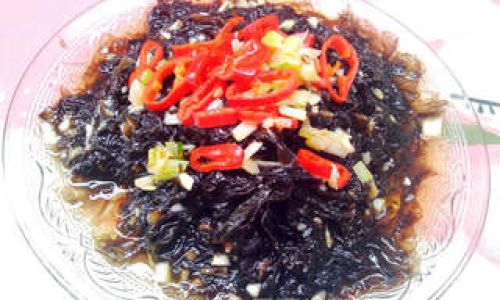
Ingredients:
- Dried seaweed sheets (nori): Opt for high-quality, unsalted sheets. Avoid those with added flavors or colors, as they may burn or taste artificial when fried.
- Cooking oil: Neutral oils like vegetable, canola, or grapeseed work best, as they have high smoke points and won’t overpower the seaweed’s natural flavor. Avoid olive oil, which can impart a bitter taste at high heat.
- Salt: Fine sea salt or kosher salt for seasoning.
- Optional seasonings: Toasted sesame seeds, chili flakes, sugar, or a pinch of five-spice powder for added complexity.
Tools:
- Frying pan or wok: A wide, shallow pan ensures even heat distribution.
- Tongs or chopsticks: For flipping the seaweed sheets gently.
- Paper towels: To drain excess oil.
- Cooling rack: Prevents sogginess by allowing air to circulate around the fried seaweed.
Step-by-Step Frying Guide
Preparing the Seaweed
Start by carefully inspecting the seaweed sheets. If they’re folded or stacked, gently separate them to avoid clumping during frying. Some recipes suggest cutting the sheets into smaller strips or shapes before frying, but this is optional. Smaller pieces may fry faster but require more careful monitoring to prevent burning.
Pro Tip: If the seaweed feels brittle or cracked, briefly dampen a clean kitchen towel and lightly wipe the sheets to restore flexibility. This step is optional but can help prevent breakage during frying.
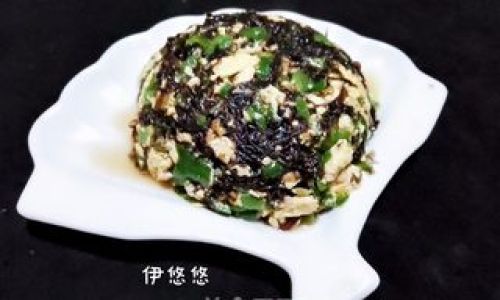
Heating the Oil
Pour 2–3 tablespoons of oil into the pan—just enough to coat the bottom lightly. Too much oil will make the seaweed greasy, while too little may result in uneven frying. Heat the oil over medium heat until it shimmers. To test the temperature, drop a tiny piece of seaweed into the oil; if it sizzles and puffs up within seconds, the oil is ready.
Avoid High Heat: Overly hot oil can scorch the seaweed, leaving it bitter and charred. Medium heat allows gradual frying without compromising flavor.
Frying the Seaweed
Using tongs or chopsticks, carefully place one seaweed sheet into the hot oil. It will immediately begin to shrink and puff. Fry for 5–10 seconds per side, or until the sheet turns bright green and the edges curl slightly. Overfrying will result in a burnt taste, so err on the side of caution.
Batch Frying: Fry one sheet at a time to ensure even cooking. Overcrowding the pan lowers the oil temperature, leading to soggy seaweed.
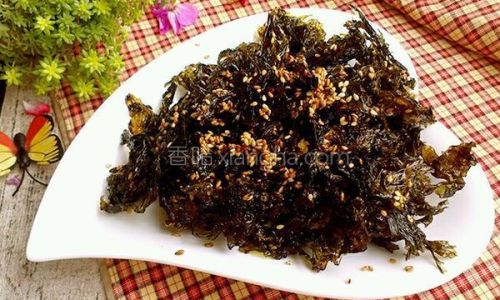
Draining and Seasoning
Once fried, transfer the seaweed to a plate lined with paper towels to absorb excess oil. While still warm, sprinkle lightly with salt and any desired seasonings. The heat helps the seasonings adhere better.
Flavor Variations:
- Sweet and Spicy: Mix a pinch of sugar with chili flakes.
- Umami Bomb: Add a sprinkle of nutritional yeast or bonito flakes.
- Herb-Infused: Toss with dried herbs like basil or oregano.
Cooling and Storing
Allow the fried seaweed to cool completely on a wire rack. Storing it while warm traps steam, leading to sogginess. Once cooled, transfer to an airtight container. Properly stored, fried seaweed retains its crunch for up to a week, though it’s best enjoyed fresh.
Troubleshooting Common Issues
- Burnt Edges: Reduce heat or shorten frying time.
- Soggy Texture: Ensure oil is hot enough and avoid stacking seaweed before cooling.
- Uneven Frying: Use a single layer in the pan and flip sheets promptly.
Creative Ways to Use Fried Seaweed
Fried seaweed isn’t just for snacking—it’s a versatile ingredient that elevates countless dishes:
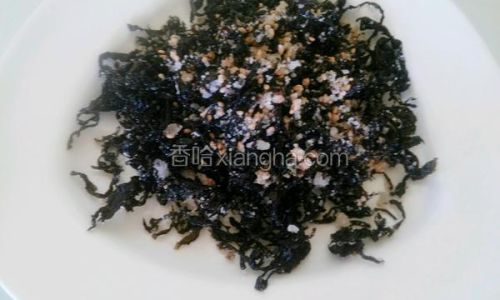
- Sushi Upgrade: Crumble fried seaweed over sushi rolls for added crunch.
- Rice Bowl Topper: Sprinkle over grain bowls or fried rice.
- Salad Garnish: Toss into Asian-inspired salads with sesame dressing.
- Soup Accent: Float a few pieces on miso soup or ramen.
- Avocado Toast Boost: Crumble onto creamy avocado toast for a briny contrast.
Health Benefits of Fried Seaweed
While frying adds a touch of oil, seaweed remains a nutritional powerhouse. A single sheet contains:
- Iodine: Essential for thyroid health.
- Fiber: Promotes digestion and satiety.
- Antioxidants: Combats oxidative stress.
- Protein: Surprisingly high in plant-based protein.
Moderation is key, but incorporating fried seaweed into your diet is a tasty way to boost nutrient intake.
Beyond Frying: Alternative Cooking Methods
If frying feels daunting, try these alternatives:
- Toasting: Roast seaweed sheets in a dry pan until crisp.
- Baking: Brush sheets with oil and bake at 300°F (150°C) for 5–7 minutes.
- Microwaving: Place sheets between paper towels and microwave in 10-second bursts.
Cultural Significance of Fried Seaweed
In Japan, fried seaweed (age nori) is a beloved snack often served with beer. In Korea, gim—roasted seaweed—is a staple in bento boxes. Across Southeast Asia, fried seaweed is used in soups, stir-fries, and even desserts. This humble ingredient’s adaptability reflects its role as a bridge between tradition and innovation.

Conclusion: Elevate Your Pantry Staples
Frying seaweed is a skill that rewards patience and precision. With practice, you’ll learn to balance crispiness and flavor, turning a simple ingredient into a culinary star. Whether enjoyed solo or incorporated into dishes, fried seaweed offers a taste of the ocean’s bounty in every bite. So grab your pan, preheat that oil, and embark on a journey to crispy perfection—your taste buds will thank you.
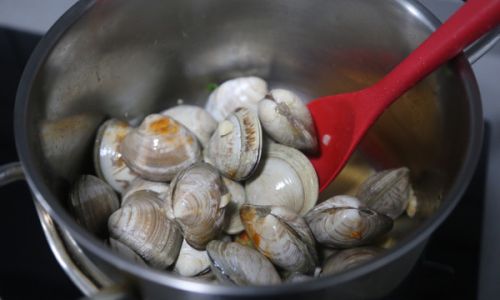




0 comments